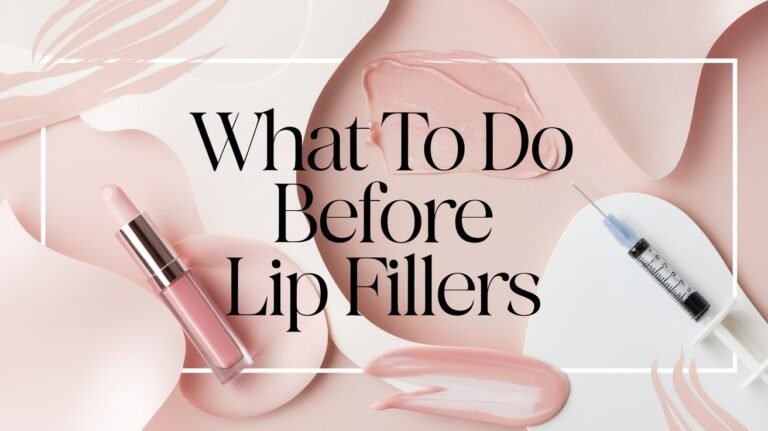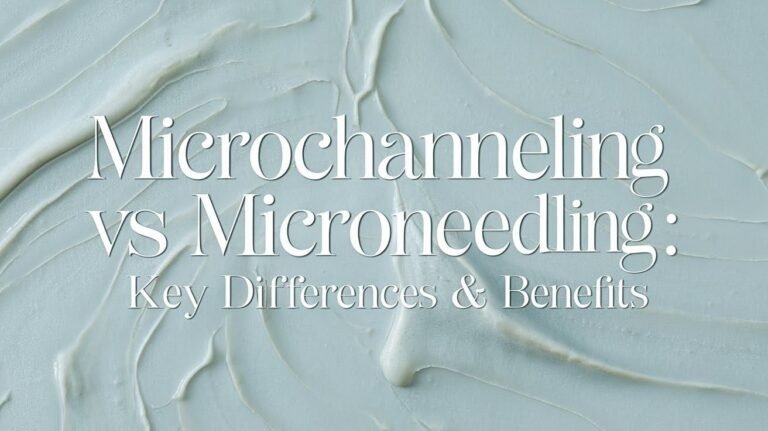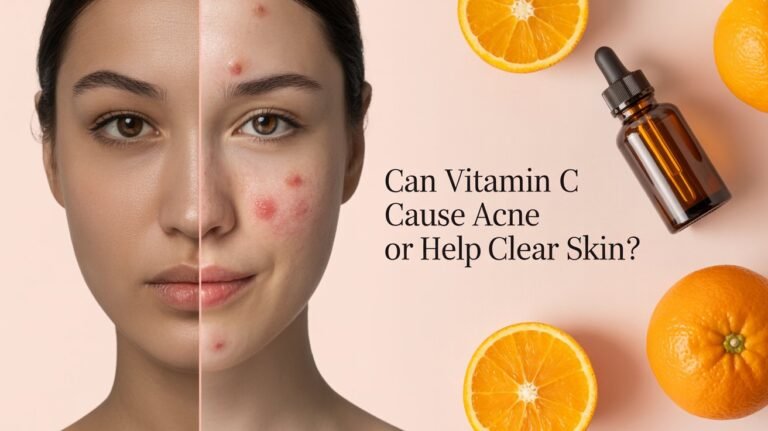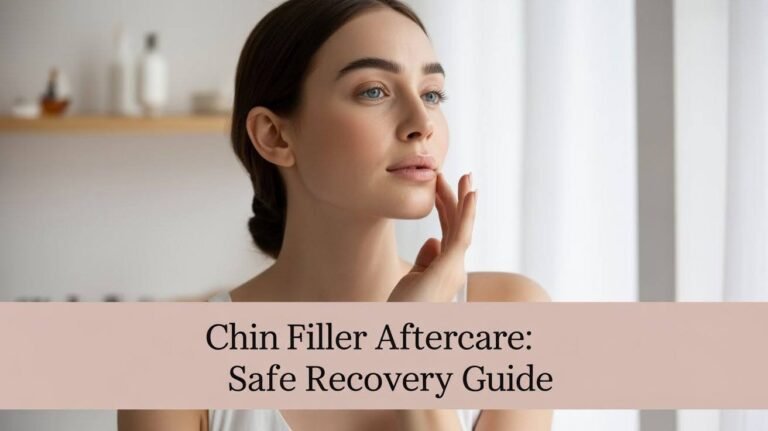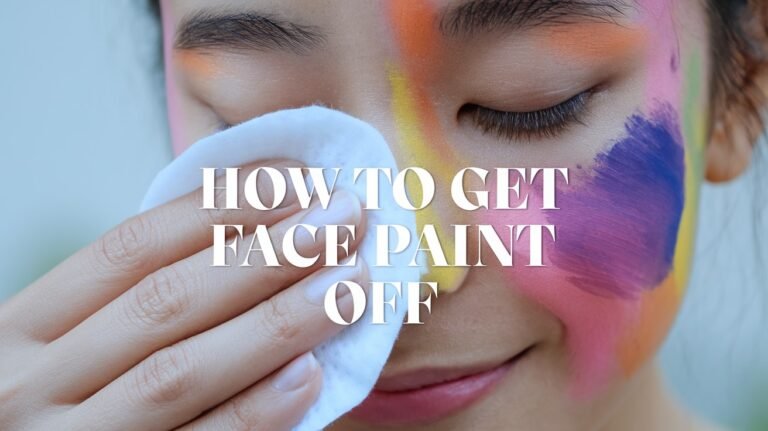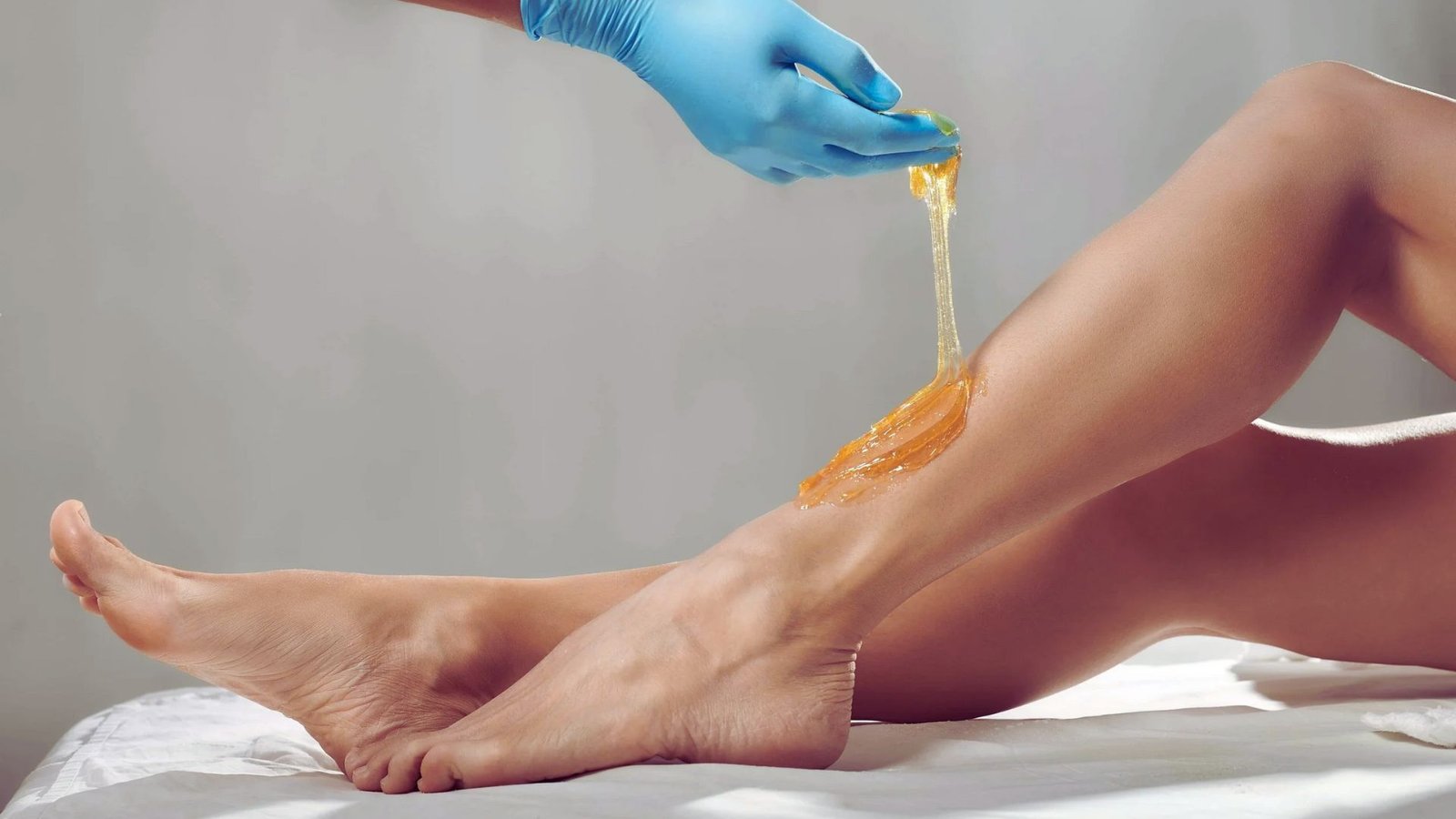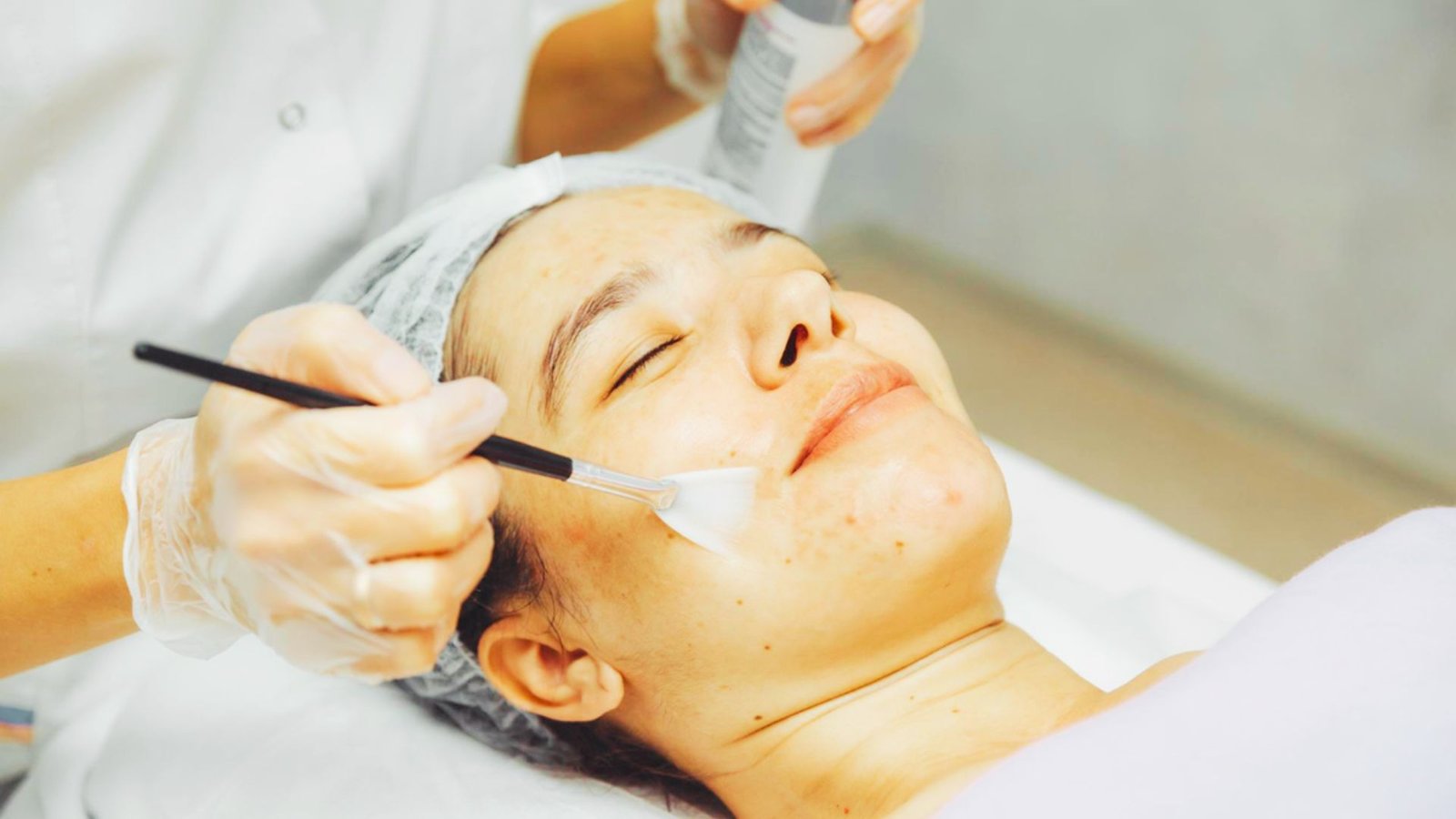17 Effective Treatments for Grainy Skin Texture on Face
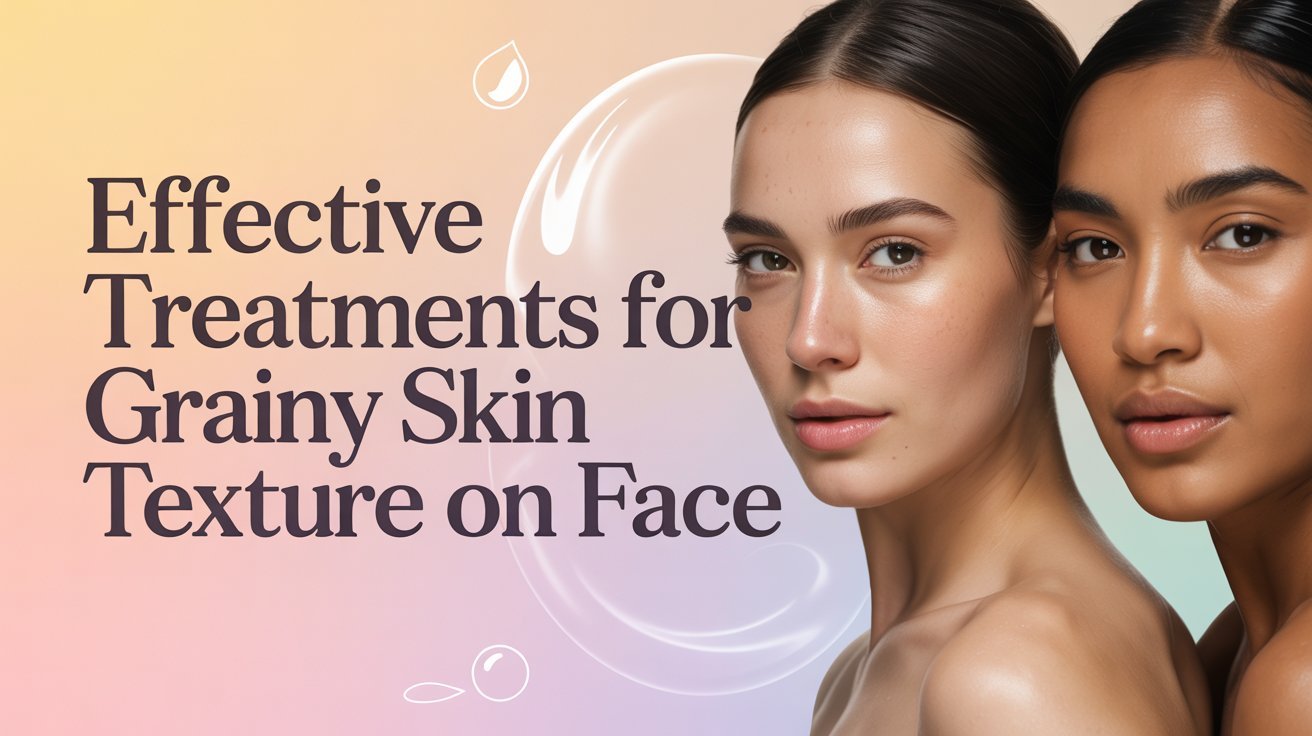
Your fingers rub your face. The rough bumpy skin ridges make your face feel like sandpaper. I understand I have experienced that.
You are not alone with the grainy skin texture on your face. Many people suffer from it. This article will show you the best ways to fix it. Here are a total of 17 treatments that work.
I’ll explain why your skin is like this, what you can do at home, when you should go see a doctor, which serums you should use, and why chemical exfoliants are better than physical scrubs.
Causes of Grainy Skin Texture on Face
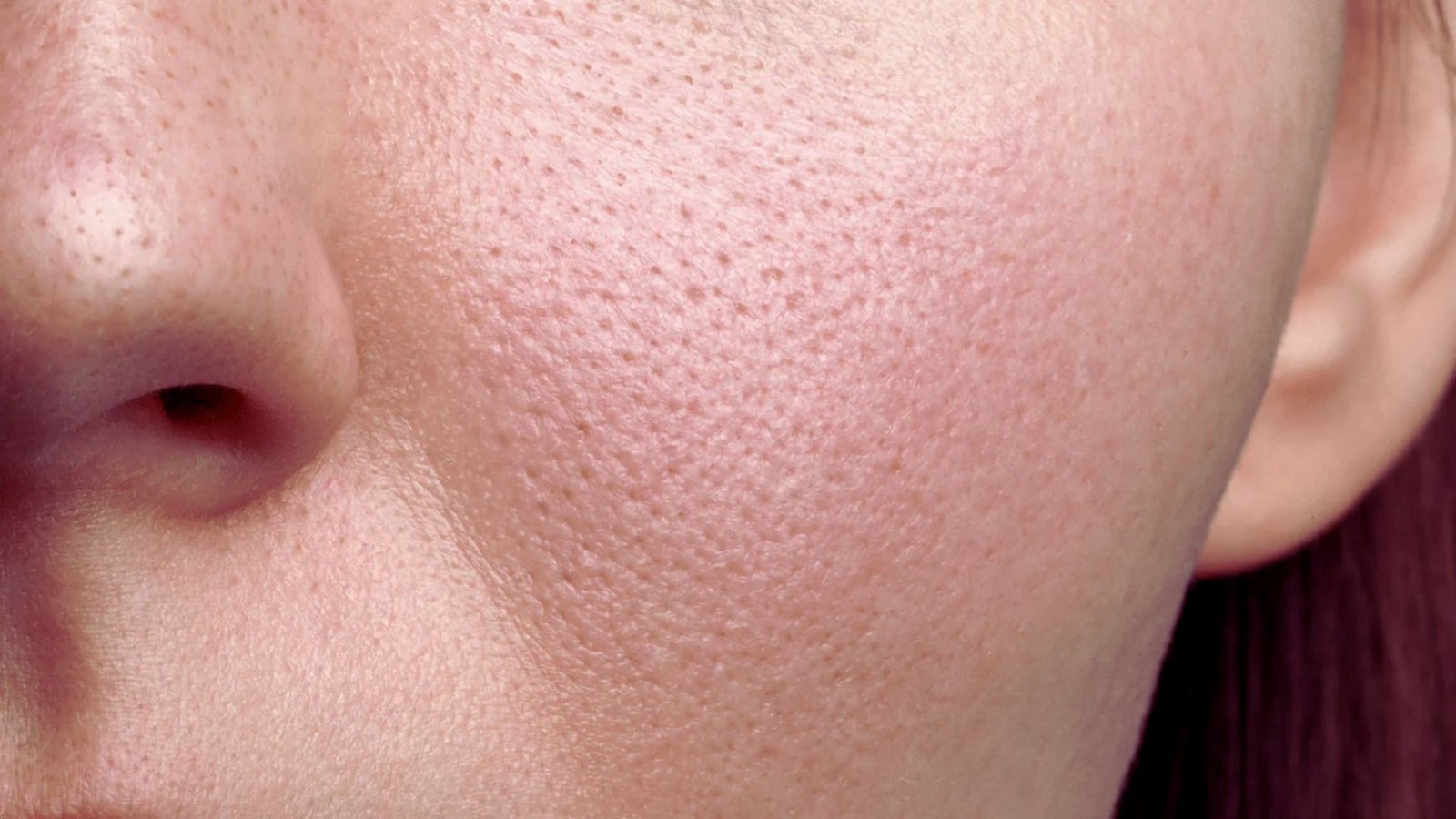
Dryness and dehydration make dead cells stick around longer than they should. Dry air pulls water from your skin, weakening your barrier and creating rough texture.
Clogged pores, acne, and milia trap oil and dead skin underneath, forming small bumps you can feel. These issues often cluster in the T-zone first and can leave texture even after healing.
Aging slows cell turnover, causing dead cells to pile up on the surface. Your skin produces less collagen and elastin after age 30, making texture more noticeable.
Sun damage breaks down collagen and thickens your outer skin layer. UV rays create rough patches, uneven tone, and bumpy texture that builds up over years of exposure.
Skin conditions like eczema, keratosis pilaris, and folliculitis create inflamed, rough patches with tiny bumps. These need specific treatment approaches from a dermatologist.
Lifestyle factors also play a role. Smoking reduces blood flow to skin. A poor diet damages collagen. Not drinking enough water makes dead cells stick together. Stress, alcohol, and lack of sleep all prevent proper skin repair.
17 Effective Treatments for Grainy Skin Texture on Face
These proven methods smooth rough, bumpy skin when used correctly and consistently.
1. Gentle Chemical Exfoliation
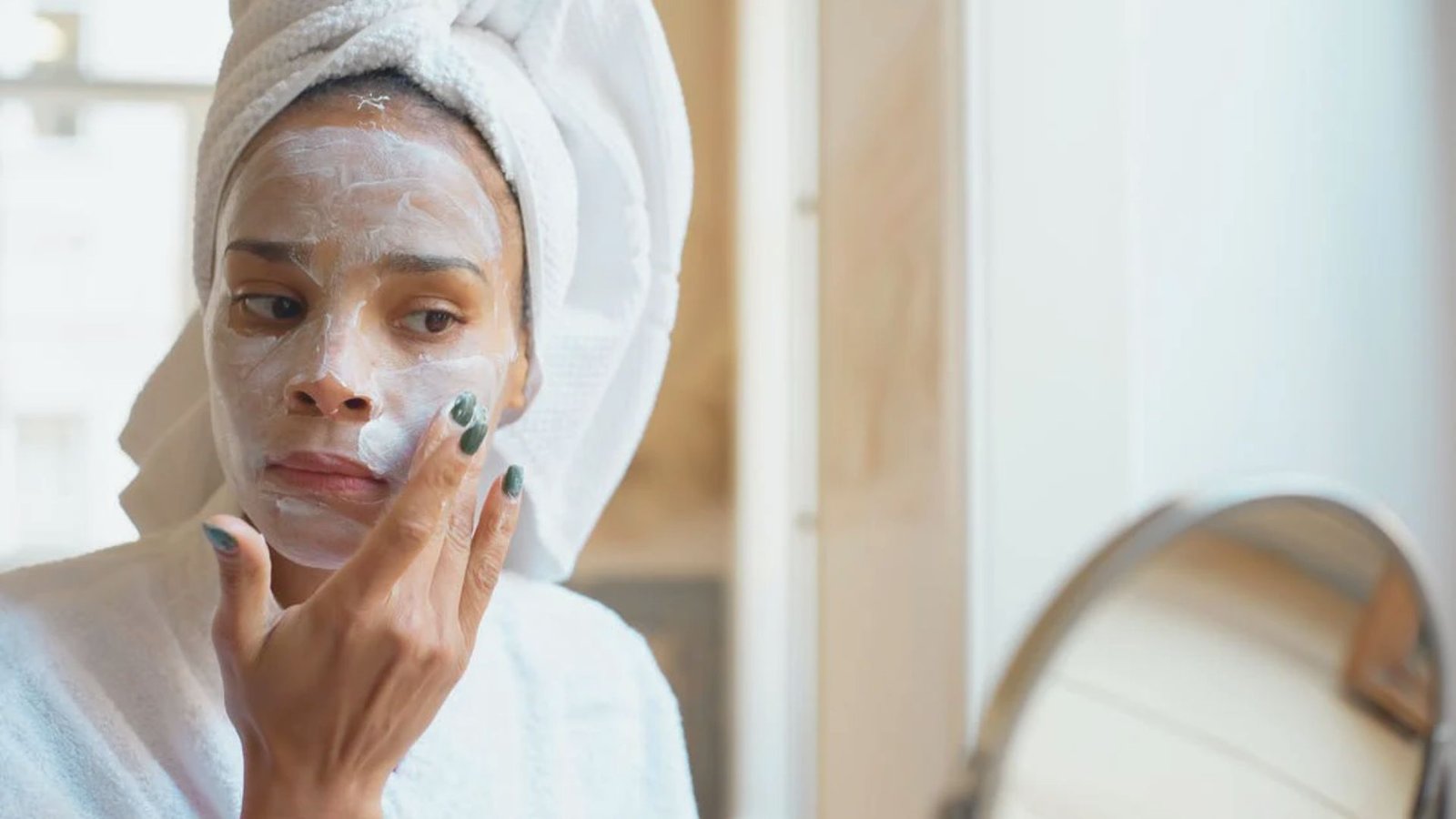
AHAs like lactic acid and glycolic acid dissolve the bonds between dead skin cells. Your skin sheds naturally without scrubbing. Lactic acid works well for sensitive skin because it’s gentler. Glycolic acid has smaller molecules that penetrate deeper.
Start with 5-8% concentration two times per week. Increase slowly as your skin adjusts. You’ll see smoother texture within 2-4 weeks.
2. Salicylic Acid Treatments
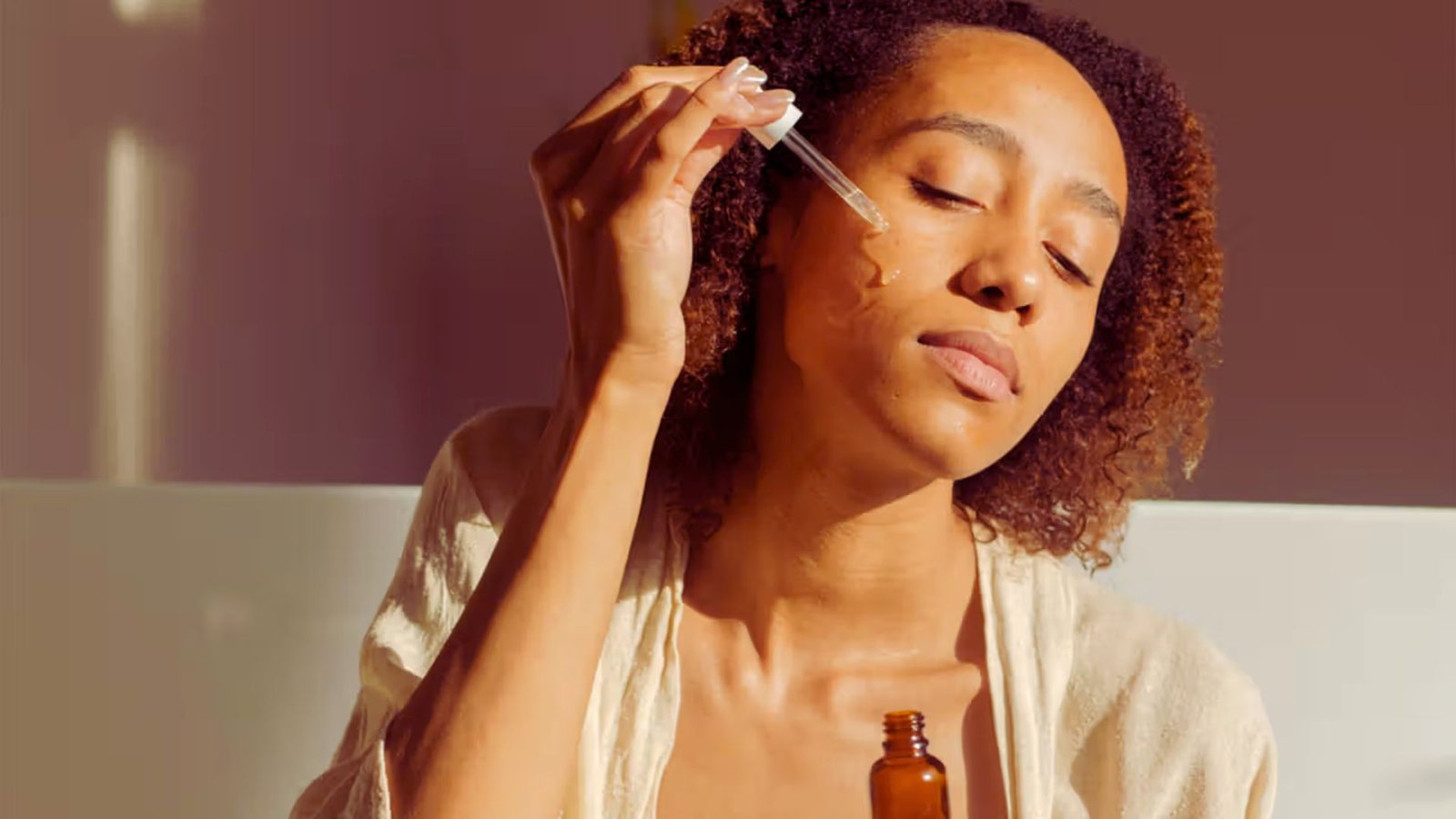
This BHA goes inside pores to clear out oil and debris. It reduces bumps from clogged pores and acne. Salicylic acid also has anti-inflammatory properties.
Use 2% concentration for daily treatment. It works especially well on oily and combination skin. You can find it in cleansers, toners, and spot treatments.
3. Avoiding Harsh Physical Scrubs
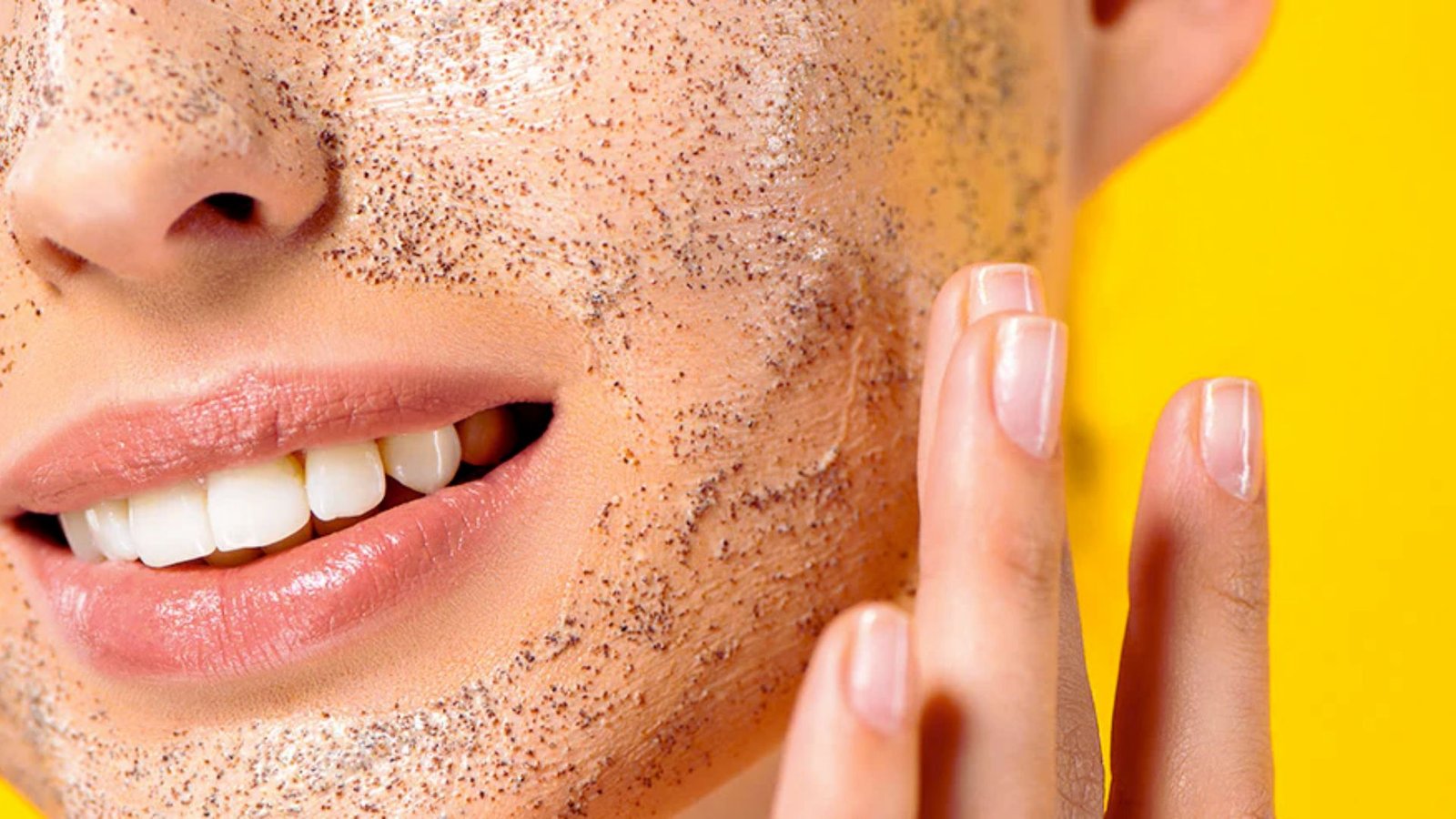
Rough scrubs damage your skin’s protective barrier. They create tiny tears you can’t see. This triggers more oil production and inflammation. Your skin tries to protect itself by thickening.
This makes the texture worse over time. Skip walnut shells, sugar scrubs, and rough clothes. Choose chemical exfoliants instead.
4. Regular Moisturization
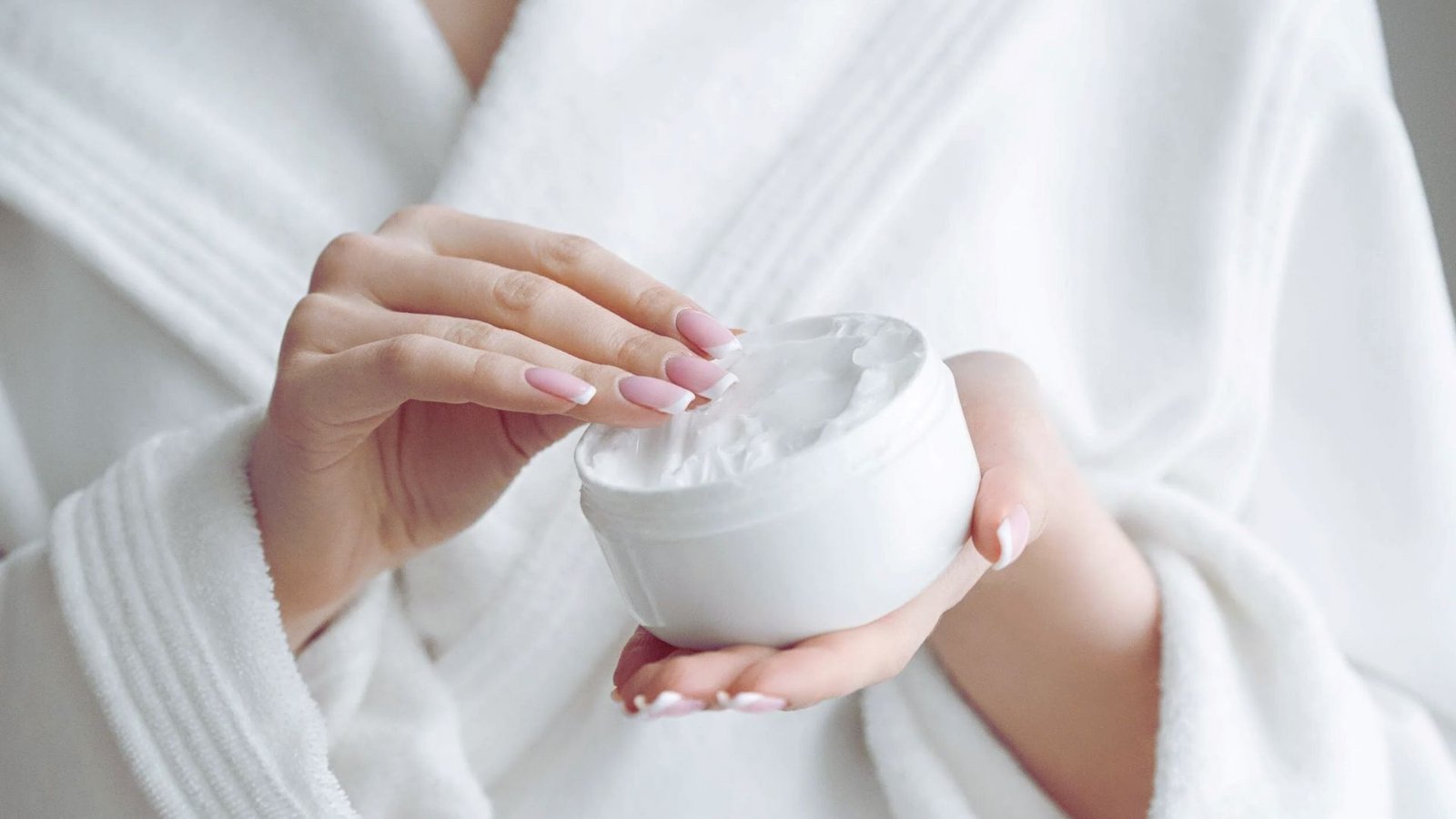
A good moisturizer repairs your skin barrier. Look for ceramides, hyaluronic acid, and glycerin. These ingredients hold water in your skin.
Apply moisturizer on damp skin for best results. Use it twice daily without skipping. Proper hydration makes texture less visible within days. Your skin becomes softer and more supple.
5. Facial Oils
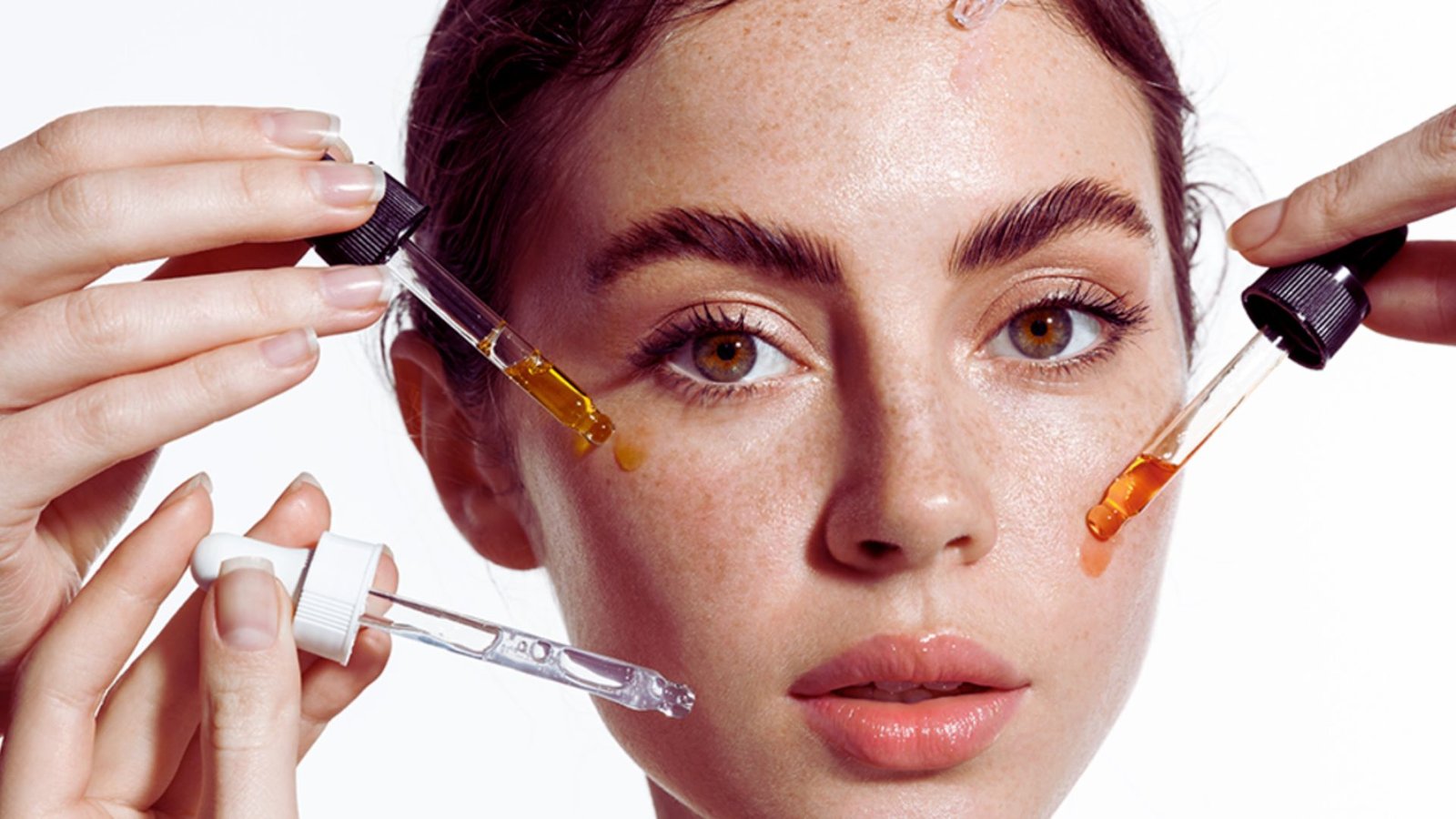
Omega-rich oils like rosehip and jojoba nourish skin deeply. They don’t clog pores when used correctly. Oils create a protective seal over moisturizer.
This locks in hydration overnight. Squalane oil mimics your skin’s natural sebum. Marula oil is rich in antioxidants. Use 3-4 drops after serum and before cream.
6. Vitamin C Serums
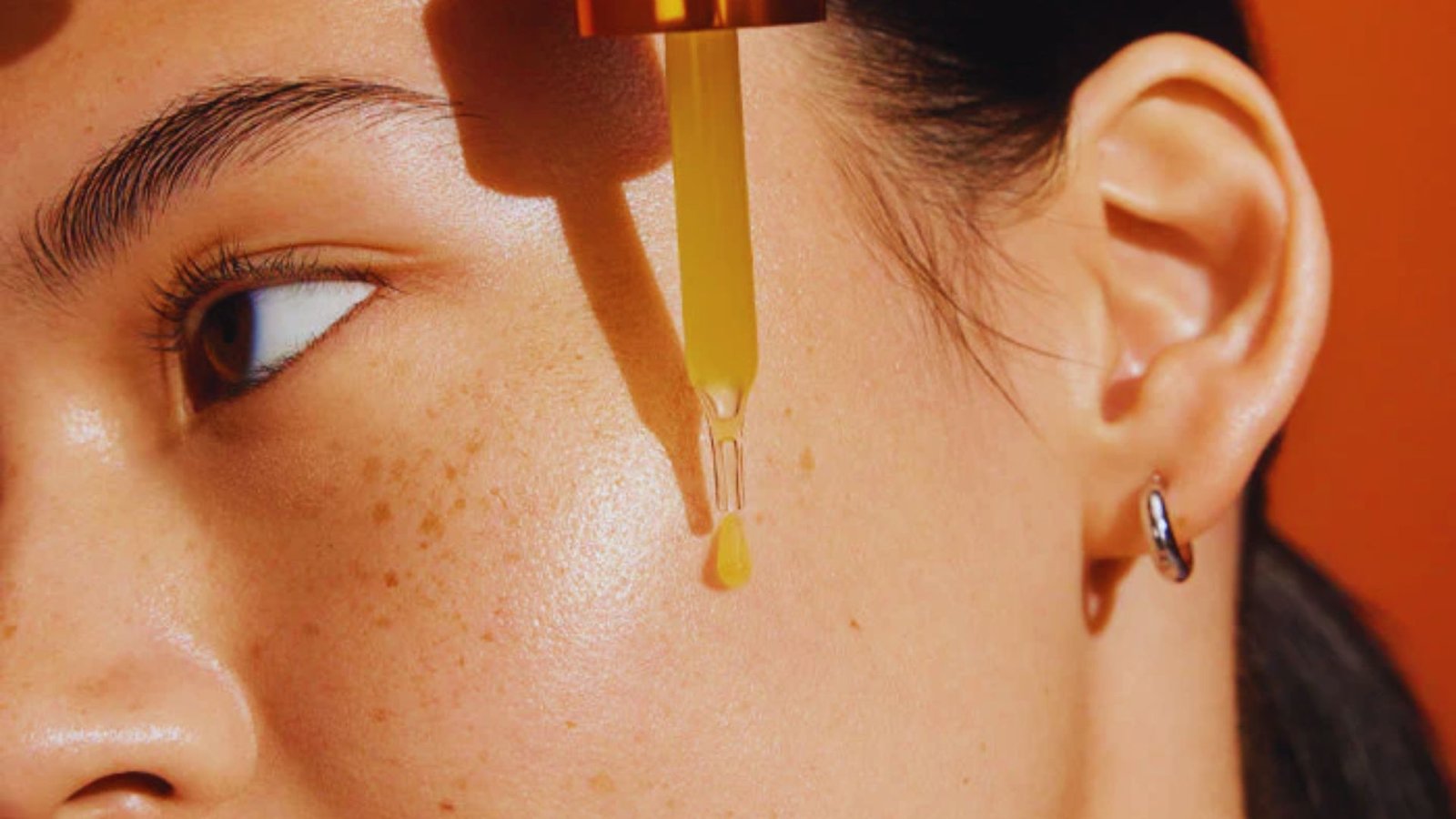
Vitamin C is a powerful antioxidant that fights free radical damage. It boosts collagen production for firmer skin. This ingredient also evens out skin tone. Look for L-ascorbic acid at 10-20% concentration.
Vitamin C works best in the morning under sunscreen. It helps prevent further texture from sun damage.
7. Retinol
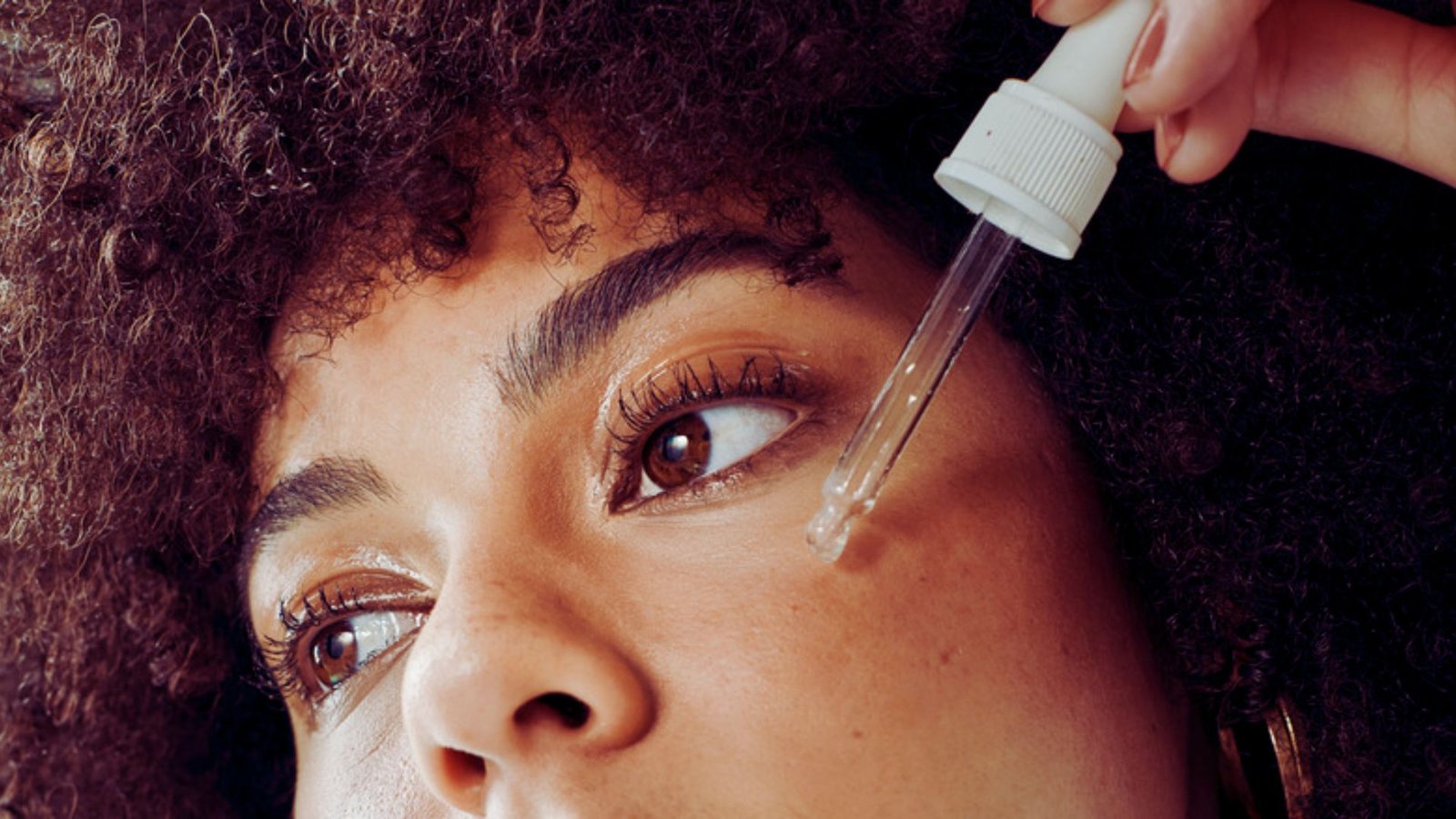
Retinol speeds up cell turnover dramatically. New, smooth cells replace bumpy, dead ones faster. It also boosts collagen production deep in skin.
Start with 0.25% or 0.5% concentration at night. Use it 2-3 times per week initially. Build up to nightly use over several months. Results take 8-12 weeks but are worth the wait.
8. Prescription Retinoids
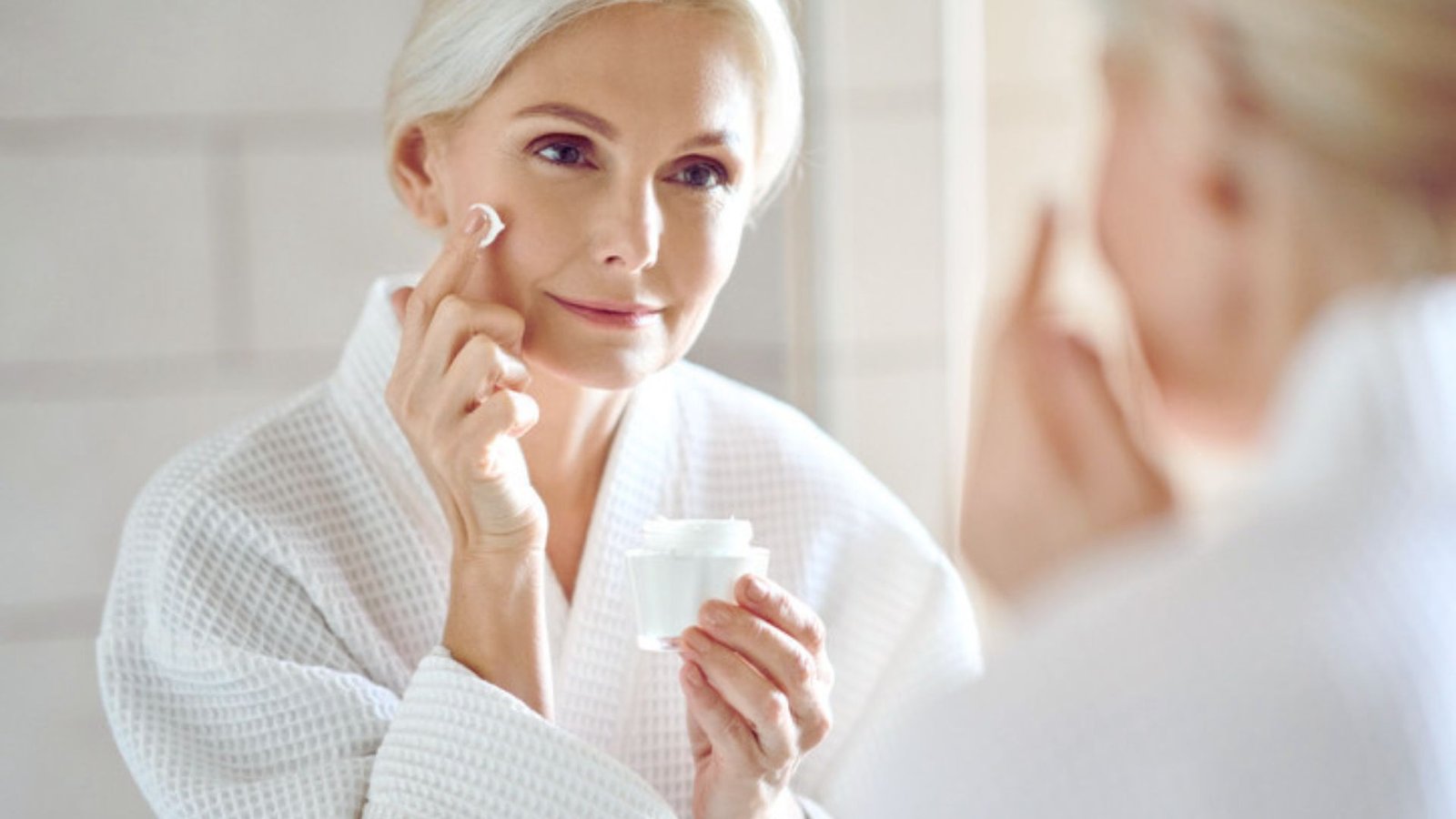
Tretinoin and adapalene are stronger than over-the-counter retinol. They work faster for stubborn texture issues. A dermatologist prescribes the right strength for you.
These are the gold standard for skin resurfacing. You’ll need to be strict about sun protection. Results can be dramatic within 3-6 months.
9. Anti-inflammatory Ingredients

Niacinamide calms redness and strengthens your skin barrier. It reduces oil production and minimizes pores. Aloe vera soothes irritation and hydrates. Turmeric has natural anti-inflammatory compounds.
Green tea extract fights inflammation from the inside out. These ingredients work well for sensitive, reactive skin. They reduce the bumpy, irritated feeling.
10. Collagen-Supporting Serums
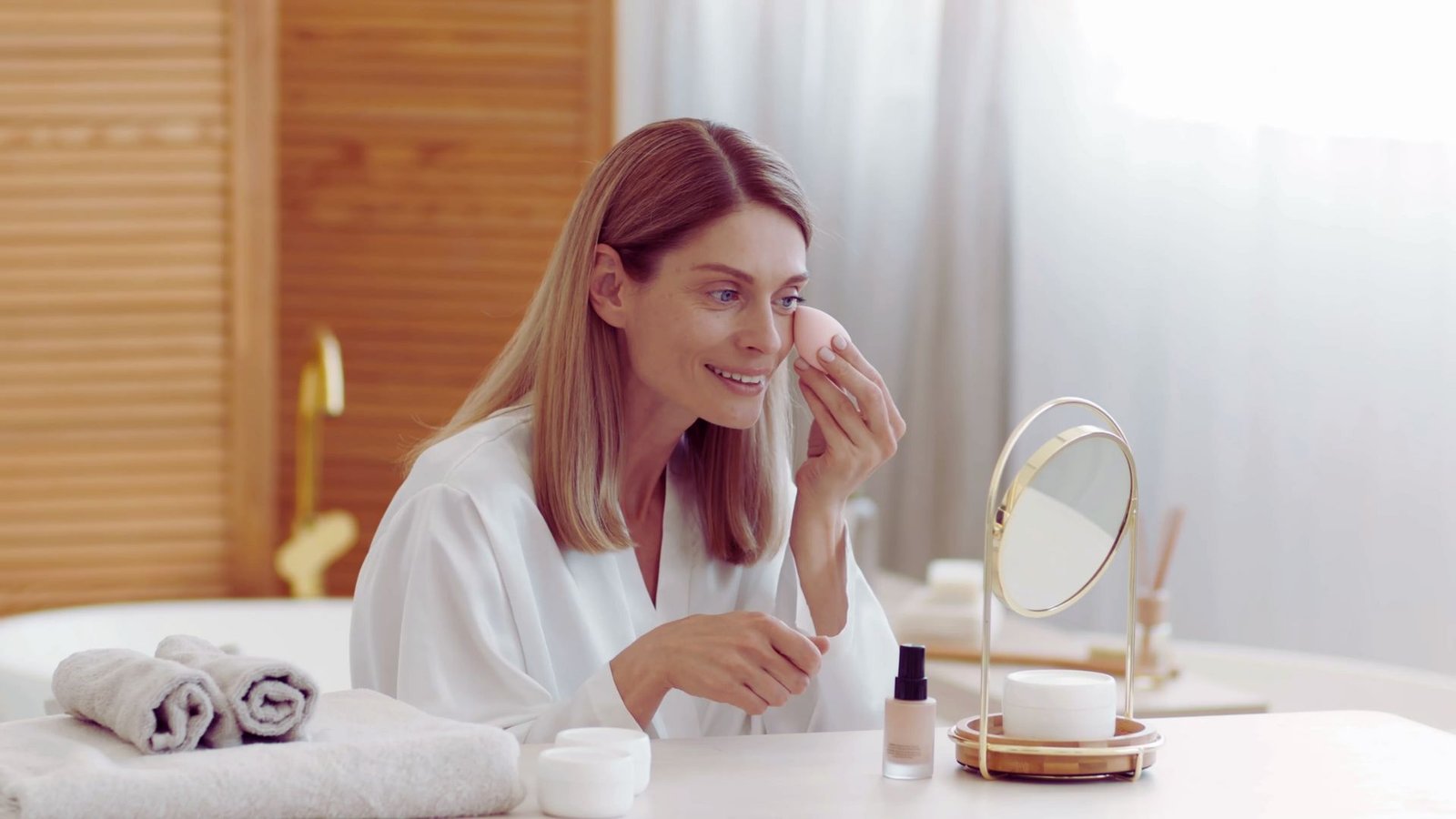
Peptides signal your skin to produce more collagen. This plumps skin from within. Texture appears smoother as skin firms up. Look for copper peptides or matrixyl.
Use peptide serums in the morning or night. They work well with most other ingredients. Give them 6-8 weeks to show visible results.
11. Microneedling
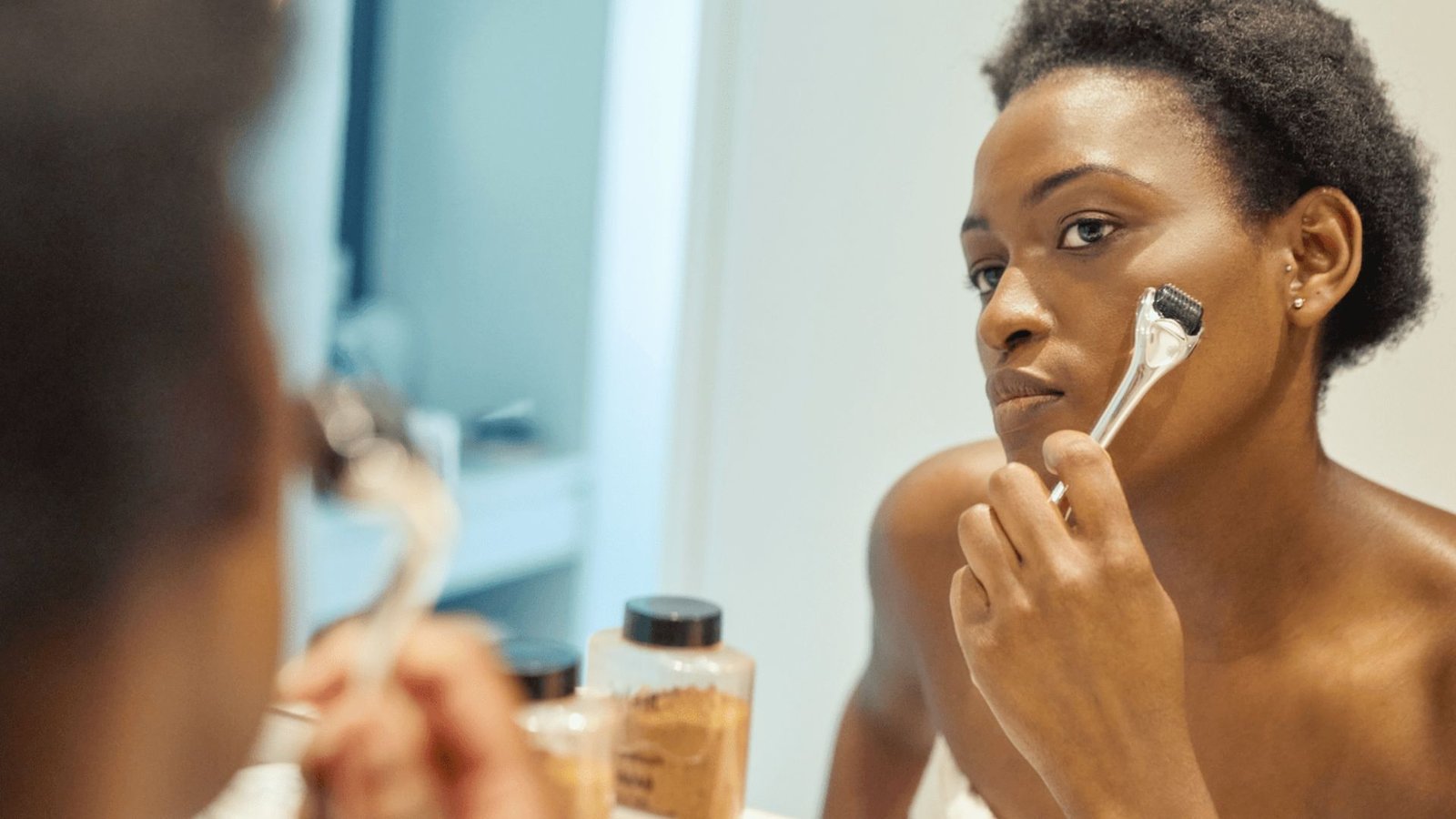
Tiny needles create controlled micro-injuries in the skin. This triggers your body’s healing response. New collagen and elastin form as skin repairs itself.
Pores appear smaller and scars fade. Professional treatments work better than at-home devices. You’ll need 3-6 sessions spaced 4-6 weeks apart. Results improve texture significantly.
12. Chemical Peels
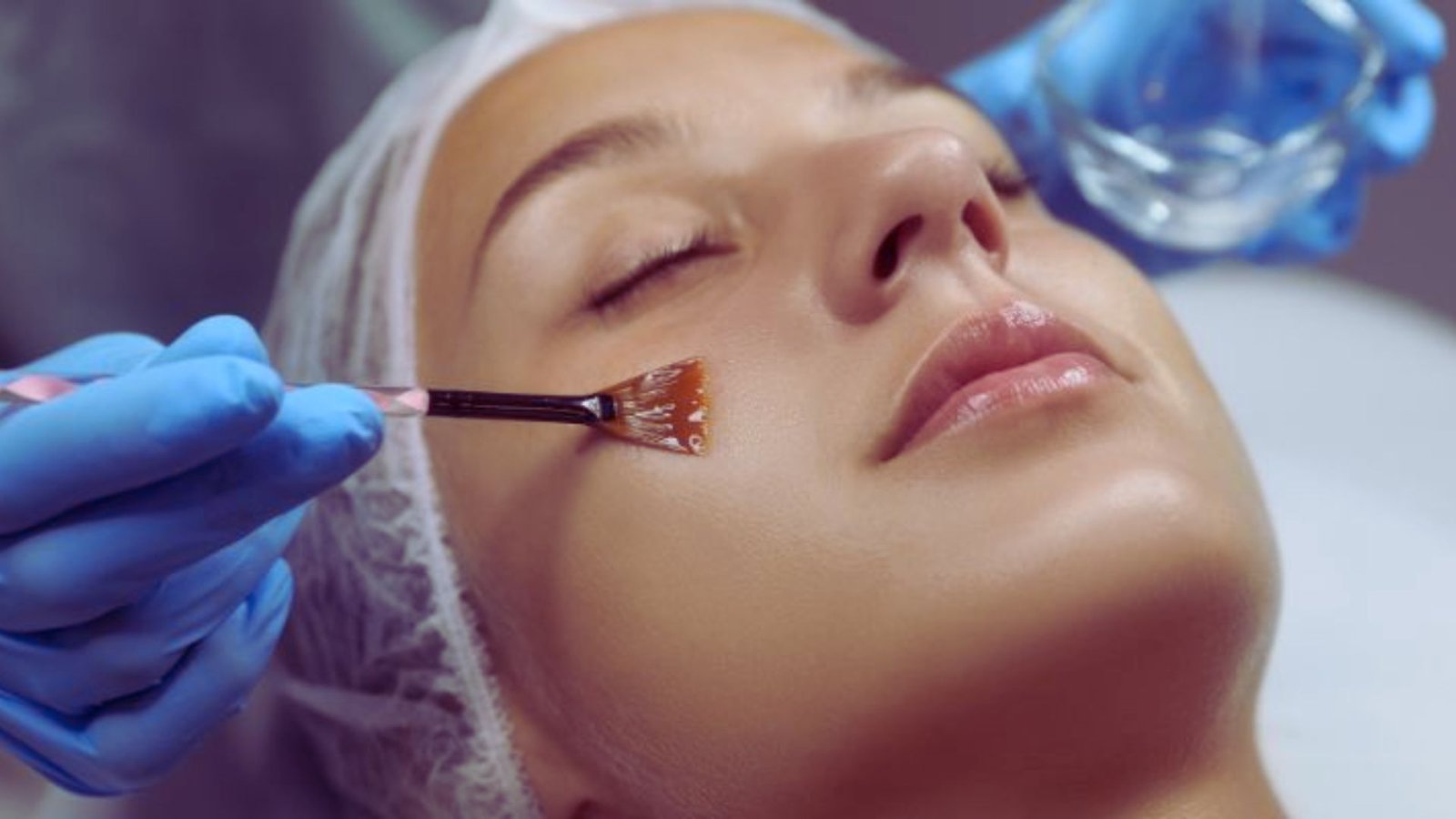
Professional peels use higher concentrations of acids. They remove several layers of dead skin at once. This reveals fresh, smooth skin underneath.
Light peels need no downtime. Medium peels may cause peeling for a few days. Your texture improves dramatically after a series of treatments. Start with 3-4 peels spaced monthly.
13. Laser Resurfacing
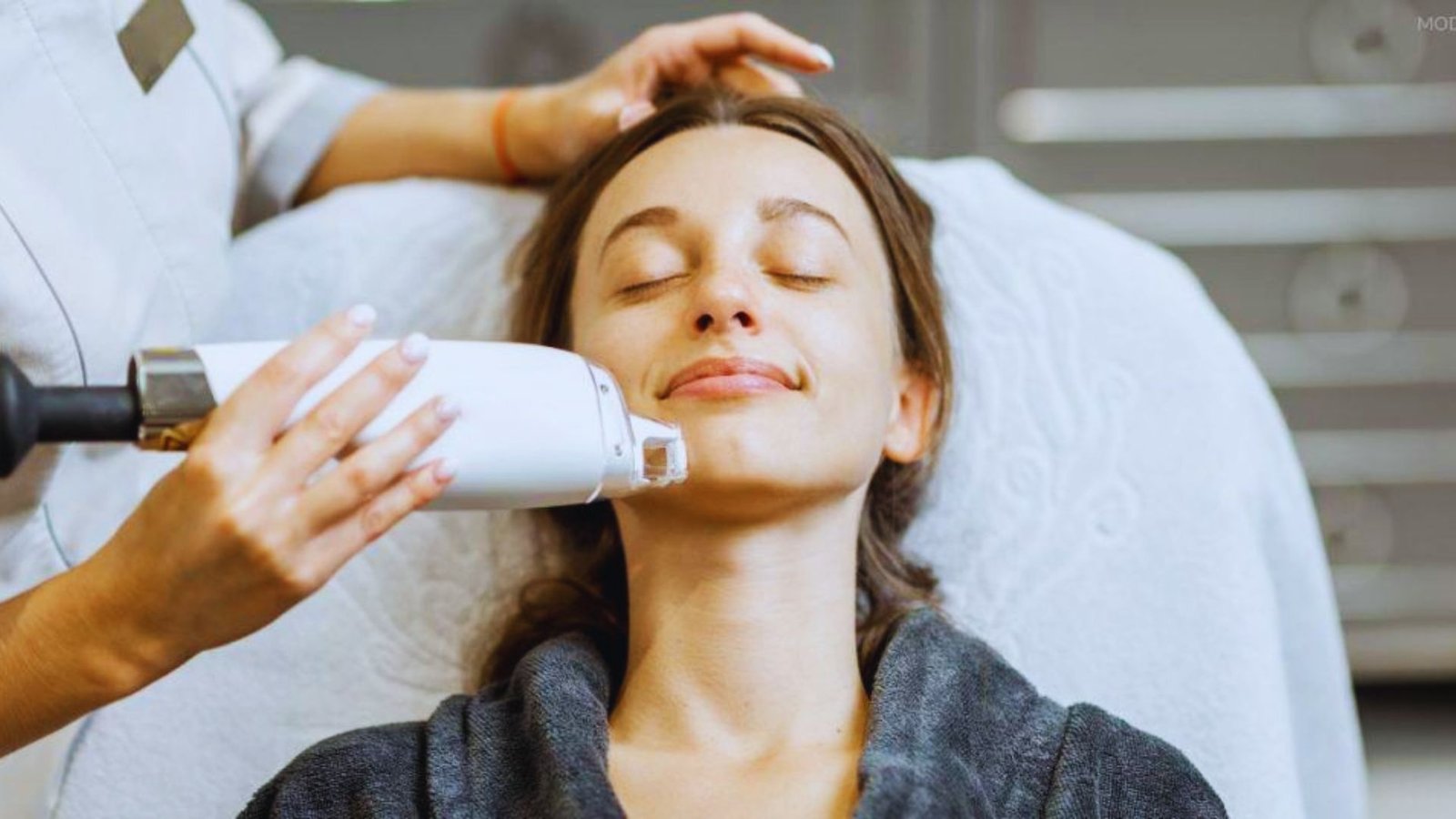
Laser treatments target chronic texture and deep scars. They work by removing damaged outer layers. Heat also stimulates collagen production below. Fractional lasers treat small zones at a time.
This means faster healing than full-face lasers. You’ll see major improvement in severe texture. Downtime ranges from 3-14 days depending on intensity.
14. Microdermabrasion
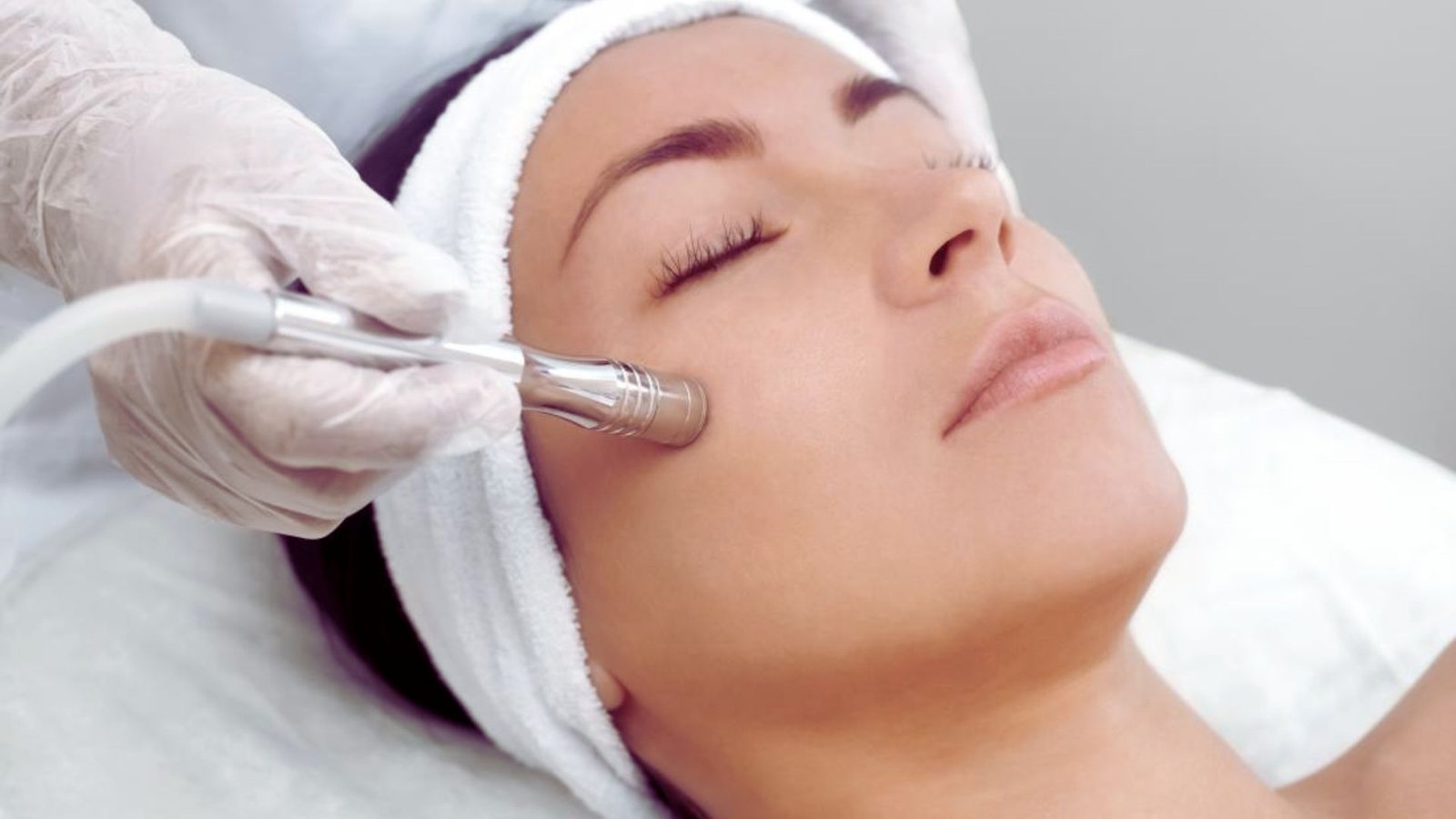
This treatment uses fine crystals or a diamond tip to buff away dead skin. It’s gentler than chemical peels or lasers. You see immediate smoothness after treatment.
There’s no downtime needed. Monthly sessions maintain smooth texture. It works well for mild to moderate graininess. Combine it with good home care for best results.
15. Sun Protection (SPF 30+)
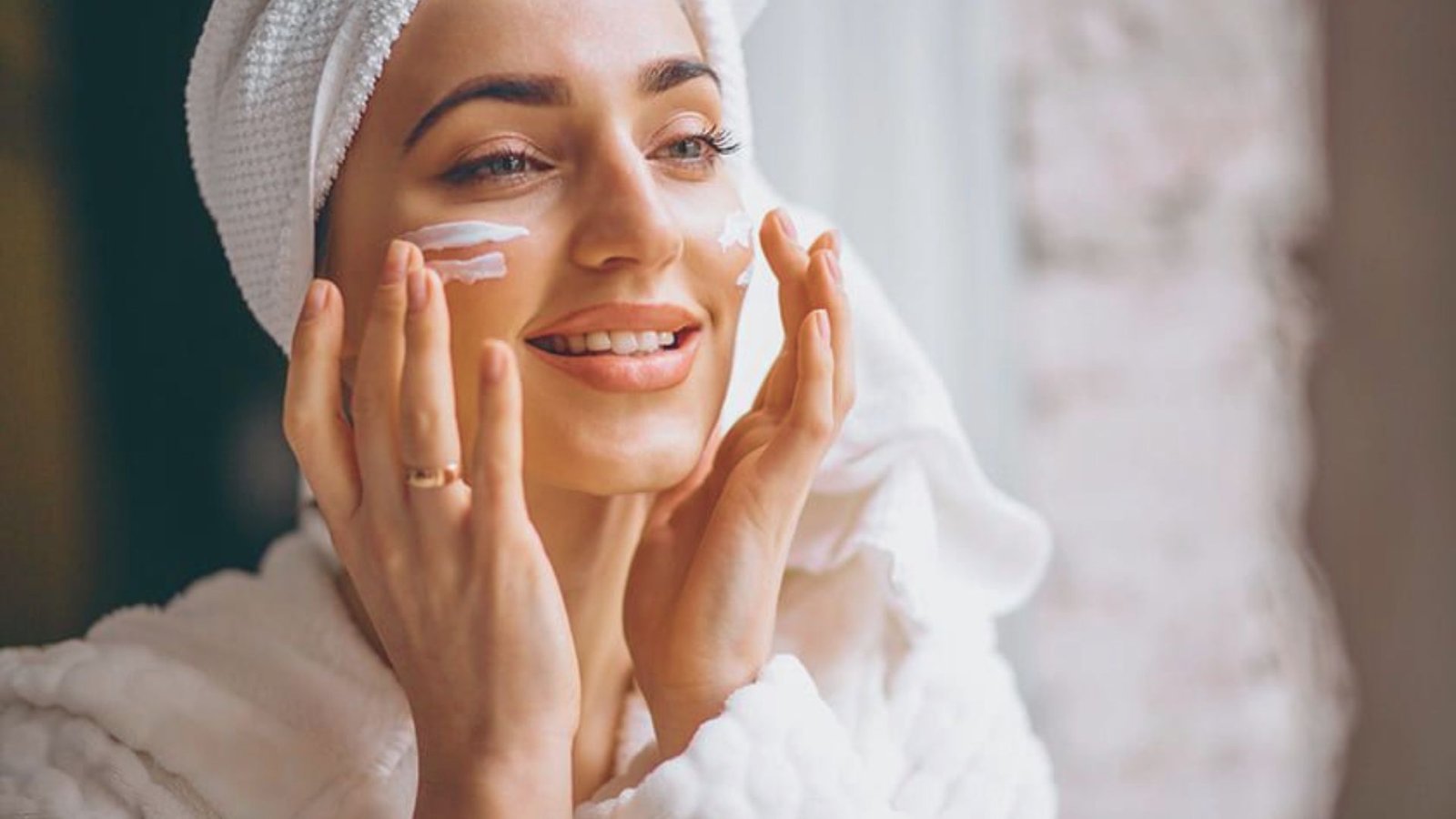
Daily sunscreen prevents new texture from forming. UV damage is a major cause of rough skin. Use broad-spectrum SPF 30 or higher every single day. Reapply every two hours when outdoors.
Sunscreen also protects other treatments from being damaged. It’s the single most important prevention step. Make it non-negotiable in your routine.
16. Hydration and Nutrition
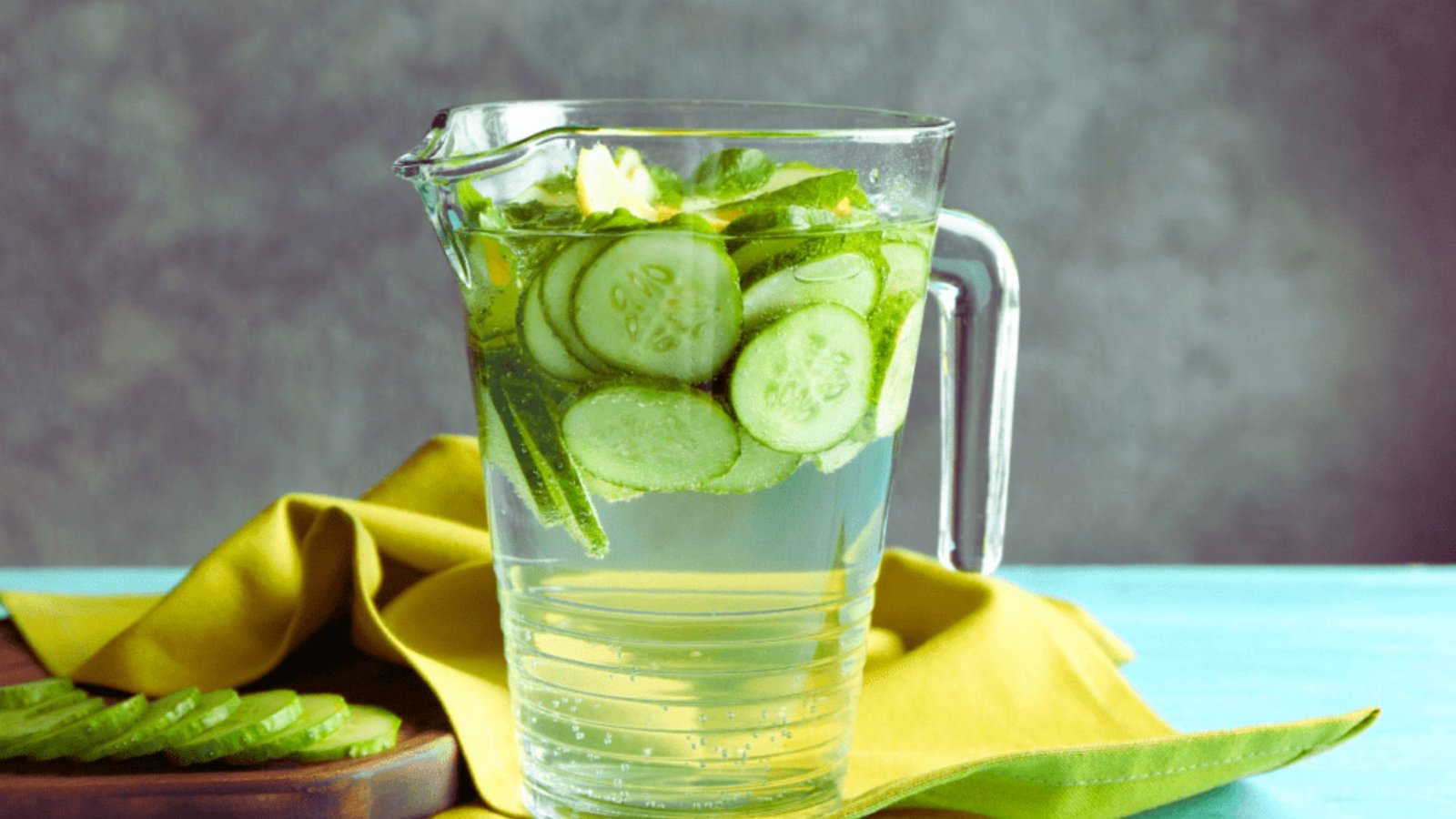
Drinking enough water keeps skin cells plump. Aim for eight glasses daily. Eat foods rich in omega-3s like salmon and walnuts. These support your skin barrier from inside.
Vitamin A foods like sweet potatoes boost cell turnover. Antioxidants from berries fight free radicals. Your diet shows up on your face within weeks.
17. Consistent Skincare Routine

The key to smooth skin is sticking with what works. Use the same products for at least 8 weeks. Your skin needs time to respond and improve. Don’t switch products too often.
Morning routine: cleanse, vitamin C, moisturizer, SPF. Night routine: cleanse, treatment (retinol or acids), moisturizer. Be patient and trust the process.
Lifestyle & Prevention Tips
Small daily habits protect your smooth skin results and prevent texture from returning.
- Stick to 2-3 times per week maximum for chemical exfoliants. Too much exfoliation strips your protective barrier and makes skin sensitive.
- Don’t combine harsh treatments on the same day. Your skin needs recovery time between sessions to avoid irritation.
- Stay in shade during peak sun hours (10am to 4pm). Wear hats and protective clothing to prevent sun damage that creates permanent texture.
- Quit smoking or avoid starting. Smoking cuts off oxygen to your skin and breaks down collagen faster than natural aging.
- Drink water throughout the day and eat colorful fruits and vegetables at every meal. Proper hydration keeps skin cells plump.
- Include healthy fats from avocados and nuts in your diet. These support your skin structure and barrier from the inside out.
- Sleep 7-9 hours so skin can repair itself. Limit sugar and processed foods that damage collagen through inflammation.
Conclusion
And believe me, I’ve been there too. I used to look in the mirror and be annoyed at that grainy skin texture on my face that just wasn’t budging. But it takes persistence. Your skin will thank you.
Start slowly, find a low-exfoliation option, listen to how your skin reacts, get professional advice when you can. Each person has unique skin. What worked for me might not work upon you.
Which treatment are you excited for trying? I want to hear your texture struggles in the comments below, and what treatments worked for you!
Frequently Asked Questions
How long does it take to improve grainy skin texture?
Most people see noticeable improvement in 4-8 weeks with consistent treatment. Professional treatments like peels or microneedling can show faster results within 2-4 weeks.
Can I use retinol and AHAs together?
You can, but not at the same time. Use retinol at night and AHAs in the morning to avoid irritation.
Is grainy skin texture the same as acne?
No, grainy texture refers to small bumps and rough feeling on skin. However, acne can leave behind texture issues even after the breakouts heal.
What’s the difference between physical and chemical exfoliation?
Physical exfoliation uses scrubs to manually remove dead skin. Chemical exfoliation uses acids to dissolve the bonds between dead cells.
Do I need professional treatments or can home care fix grainy texture?
Many people improve texture significantly with consistent home care alone. The best results come from combining both home care and professional treatments.

